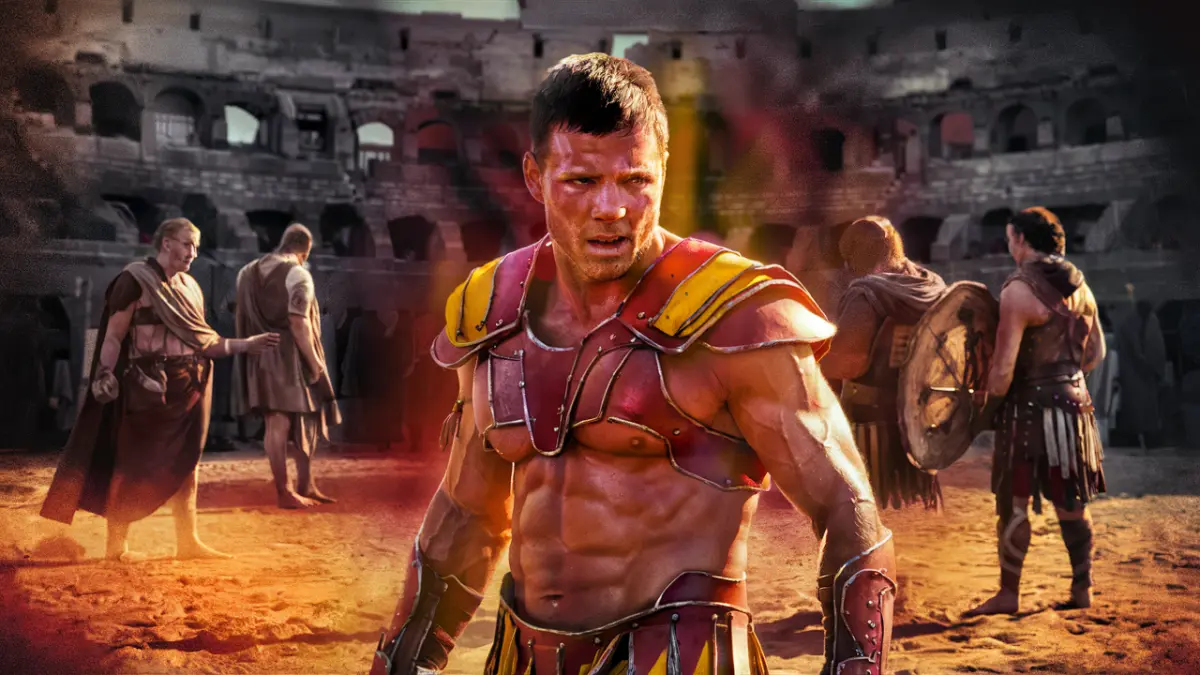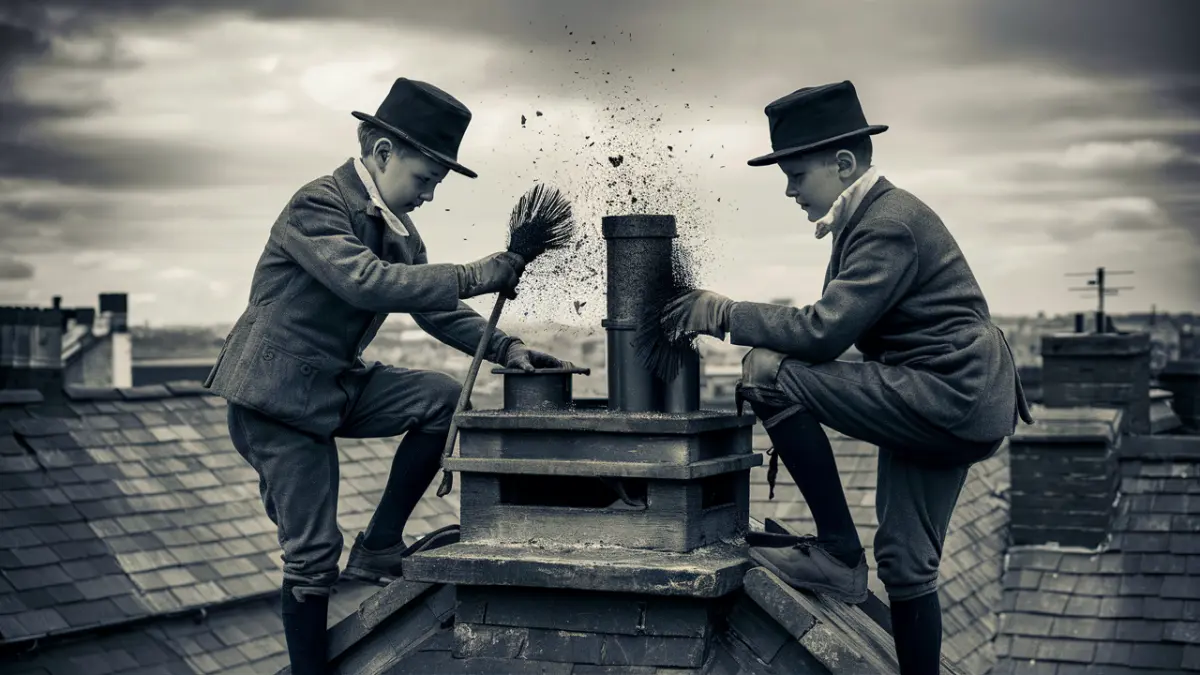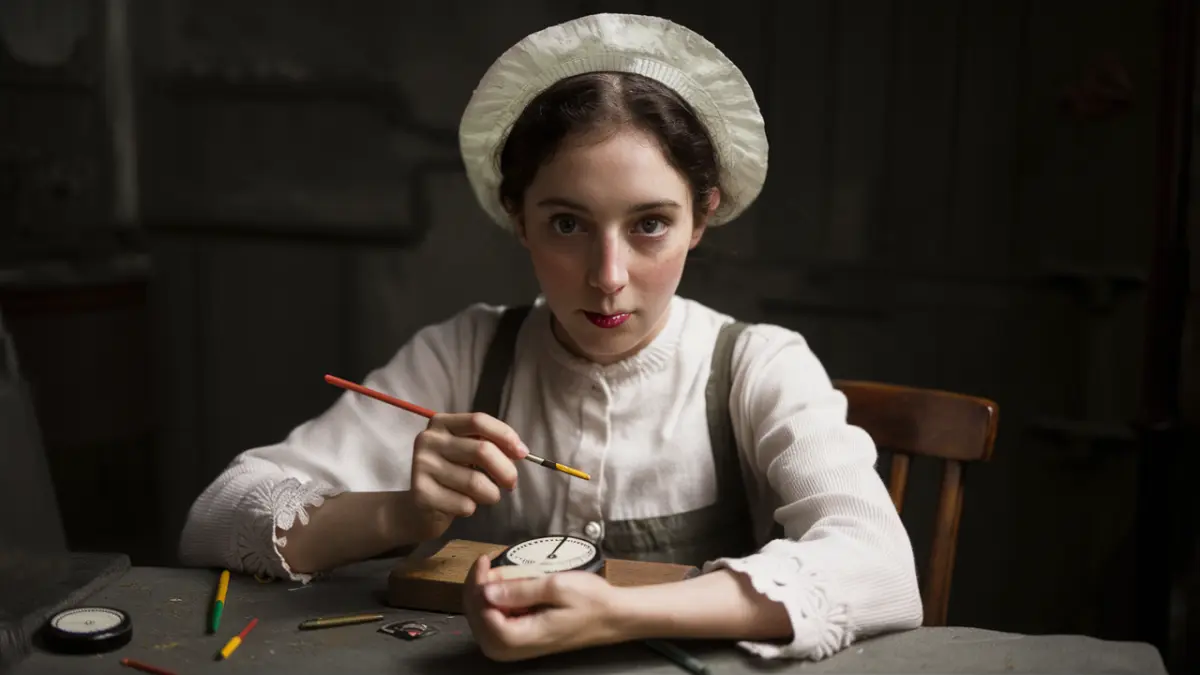From Gladiators to Radium Girls: History's Most Dangerous Jobs

Throughout human history, some jobs have been way more perilous than others. From ancient times to the present day, people have risked their lives to make a living. These professions often involved extreme physical danger, harsh conditions, and high mortality rates.
History is filled with perilous professions. Some jobs were so dangerous that they often led to death. Here are some of the most hazardous occupations from the past.
Despite the obvious risks, many of these dangerous jobs were essential for the growth and survival of societies. Whether it was mining underground or working in medieval warfare, these roles were absolutely necessary. The stories of these brave workers reveal a lot about resilience and determination.
Egyptian Crocodile Priests
In ancient Egypt, crocodile priests had a perilous duty. They were responsible for appeasing Sobek, the crocodile god. This involved feeding and caring for live crocodiles.

These priests often faced life-threatening situations. One wrong move, and they could become the crocodile's next meal. Despite the danger, this job was considered highly prestigious.
Roman Gladiator
Imagine fighting for your life in front of thousands. That was the daily grind for a Roman Gladiator. These folks were ancient pros in the battle game. They fought with specific weapons and armor.
Gladiators often had to face wild animals or highly trained adversaries. The arenas, built just for these events, were packed with fans. It was a brutal but wildly popular form of entertainment.

Being a gladiator wasn't just dangerous; it was deadly. The stakes were high, and survival often meant fame. Some gladiators, like Carpophorus, became legends. They specialized in fighting wild beasts, showcasing incredible skills.
Coal Miner in the 19th Century
Coal mining in the 19th century was no joke. They risked life and limb every single day. Cave-ins and explosions were just the beginning.
Miners faced harsh conditions underground. Some spent 12 or more hours in the dark, with only a lamp to light the way. The air was thick with coal dust, which could cause serious lung diseases.
Surprisingly, it wasn’t just a man’s job. Records show women and even children worked in the coal mines. Kids as young as 8 worked long hours trapping, which basically meant opening and closing ventilation doors.

It wasn’t all hard work though—okay, it mostly was. The pay wasn’t great either. Miners fought for better wages and working conditions, which often led to conflict and strikes.
So, think twice before romanticizing the old-timey coal miner’s life. It was tough, dangerous, and definitely one of the most perilous jobs in history.
Roman Food Tasters
Roman emperors lived in constant fear of being poisoned. To counter this threat, they employed food tasters. These individuals sampled the emperor's meals before they were served.

This job was a death sentence. If the food was poisoned, the taster would die instead of the emperor. Despite the risk, it was a position of trust and honor.
Medieval Gong Farmers
In medieval Europe, gong farmers had the unenviable task of cleaning out privies and cesspits. They worked at night, shoveling human waste into carts. The job was filthy and dangerous.
The risk of disease was high. Many gong farmers suffered from infections and respiratory issues. They were essential workers but often shunned by society.
Chimney Sweeps in Victorian England
During the Victorian era, chimney sweeps were often young boys. They climbed into narrow, soot-filled chimneys to clean them. The work was grueling and hazardous.
Many sweeps suffered from respiratory problems and burns. Some even died from getting stuck in chimneys. Despite the dangers, it was a common job for poor children.

Snake Handling Priest
Imagine having a job where handling venomous snakes is part of your daily duties. Meet the snake handling priests. These brave souls believe their faith protects them while they hold dangerous serpents during church services.
The practice started in the early 20th century, with figures like George Went Hensley leading the way. He captured rattlesnakes to show unwavering faith in divine protection. Sounds intense? It sure is.
Snake handling is mostly found in rural Appalachian churches. They believe verses from the Bible promise that true believers can safely handle snakes. Despite the risks, these priests continue the tradition, trusting in their faith over the danger lurking in those fangs.
Whalers
Whaling was one of the most dangerous jobs in history. Sailors hunted massive whales in small boats. The work was physically demanding and fraught with peril.
Whalers faced the constant threat of being capsized or attacked by whales. Many also suffered from scurvy and other diseases. The job was brutal, but it paid well.
Matchstick Makers
In the 19th century, matchstick makers worked with white phosphorus. This chemical was highly toxic. Workers often developed "phossy jaw," a painful and deadly condition.
The job was poorly paid and dangerous. Many matchstick makers died young. Eventually, the use of white phosphorus was banned due to its toxicity.
Radium Girls

In the early 20th century, young women known as Radium Girls painted watch dials with radium. They were told the job was safe. They even used their lips to shape the paintbrushes.
The radium caused severe health problems. Many women developed cancer and other illnesses. Their plight led to better workplace safety regulations.
